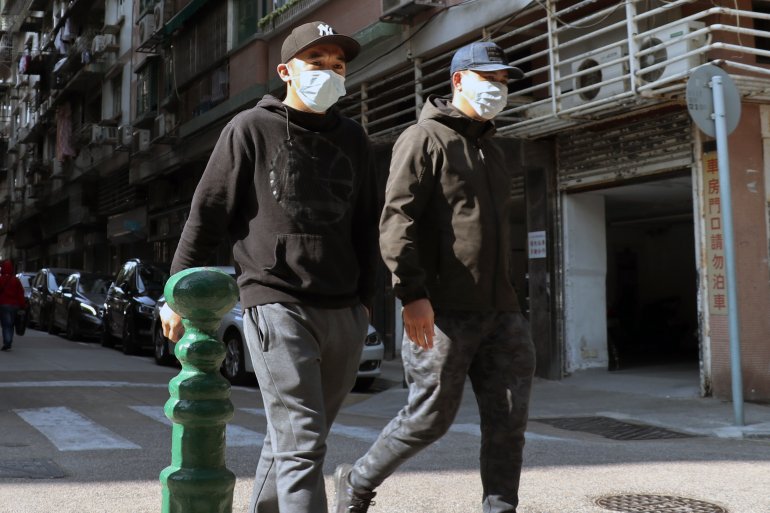A Lesson From History

As a pandemic sweeps the globe in the present, one must look back to the past to understand how culture and society should continue in the face of tragedy. A pattern prevalent in history is that a minority is persecuted as a scapegoat during a time of extreme anxiety. In the early stages of the COVID-19 pandemic, anxieties about the unprecedented virus have caused racial prejudice against Asian-Americans. During the bubonic plague epidemic of the 1300s, the anxieties from the brutal illness resulted in Jews being blamed.
The black plague peaked in 1347 and harsh atrocities and genocides committed against Jews followed. Villagers and church leaders alike accused Jews of poisoning villages and city water wells. As a result, over 200 communities were destroyed in pogroms, including the cities of Zurich, Worms, Cologne and Strasbourg. These dangerous accusations were promoted by political leaders, as seen in the decrees by Charles IV of the Holy Roman Empire. He declared the property of Jews killed in riots forfeit thus giving local authorities a financial incentive to avoid prosecuting religion-based atrocities.
These anti-Semitic ideals cemented themselves in society and reappeared in the Brussels massacre of 1370, where the desecration of a prominent synagogue and the execution of 20 Jews occurred. In Spain, the theme of blaming the Jews remained especially prominent, and in 1478 manifested itself in the Spanish Inquisition. Royals Ferdinand and Isabella suspected the corruption within the Catholic church was caused by Jews who had been forcibly converted to the religion. Thus, they employed the use of the Inquisition to try these “heretics” and force them out of Spain. As 20,000 Jews confessed to crimes of heresy, many more fled the country.
The original cause of this prejudice erupted from the perceived belief that Jews were unaffected by the bubonic plague. There are no definite statistics to prove that the infection rates for Jews were lower, but the cultural practices tied to this religion can offer an explanation as to why contraction would be rare in Jewish communities. For instance, Jewish prayer promotes washing rituals, such as the Netilat Yadayim for Shabbat and the Mikvah for women at the end of their cycle. These rituals would have rid the body of the external bacteria that would have caused the plague, as a result, decreasing infection rates. Jewish burial rituals call for the cleansing of a dead body and a quick burial in a removed enclosure, which would have prevented the bacteria from a plague-victim infecting others from the grave. Yet another theory speculates that since the Plague peaked during the spring, the rats carrying the disease would have stayed away from Jewish homes. The holiday of Passover would have conveniently rid these homes of chametz, or bread, and subsequently would not have attracted the infected rats. Although these theories are completely speculative, it is not hard to understand why Jews were less affected by the plague.
In anxiety-ridden times, we must learn from society’s past mistakes and not target a specific ethnicity for the cause of an unprecedented situation. Georg Wilhelm Friedrich Hegel, a German enlightenment philosopher once said, “we learn from history that we do not learn from history.” This statement has been proved true time and time again, yet we as a society must not let it pertain to the current pandemic. As COVID-19 continues to affect everyday lives, it cannot be used as an excuse to persecute a minority.
Carly Brail is a sophomore at the High School of American Studies in Manhattan. She enjoys running, playing tennis, and studying history. This article was originally published on Fresh Ink for Teens, an online magazine written by, and for, Jewish high school students from around the world.
